Last updated on November 17, 2023
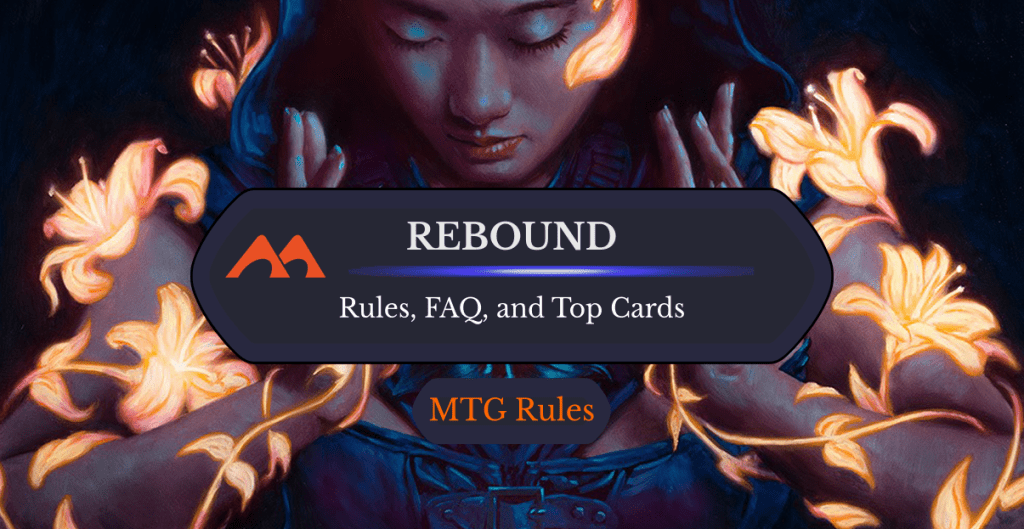
Blossoming Calm | Illustration by Michael C. Hayes
Greetings planeswalkers!
Today I’ll be doing a deep dive into a neat MTG mechanic, rebound. You’ll learn everything you could ever want to know about rebound, here on this very page. How it works, what set it debuted in, if it’s evergreen, and what the best cards are featuring it, answers to some complex rules questions, and more.
Without further ado, let’s begin this Profound Journey towards mastering this mechanic!
How Does Rebound Work?

Sight Beyond Sight | Illustration by Anastasia Ovchinnikova
In the simplest terms, a spell with rebound exiles itself as it resolves and then lets you cast it from exile for free at the beginning of your next upkeep. This only happens if the spell was cast from your hand.
The History of Rebound in MTG
Introduced in Rise of the Eldrazi
Rebound first appeared in Rise of the Eldrazi, which was released on April 23, 2010. It was featured on 12 cards in this set and was printed in each color at least once but mainly in white and blue. Most of the cards featuring rebound were at higher rarities, with only two of those cards being commons (Distortion Strike and Staggershock).
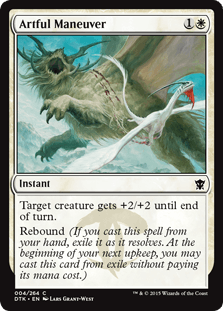

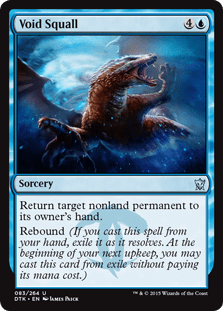
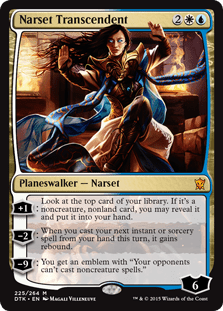
Dragons of Tarkir
Rebound returned five years later with the release of Dragons of Tarkir on March 27, 2015. It was featured on 11 cards in this set, which was entirely in Azorius () this time around. The rebound cards were also more focused in this set thematically since most of them were aggressive or tempo cards like Artful Maneuver, Taigam's Strike, and Void Squall. Narset Transcendent was a unique inclusion that could give rebound to any spell you wanted with its -2 ability.
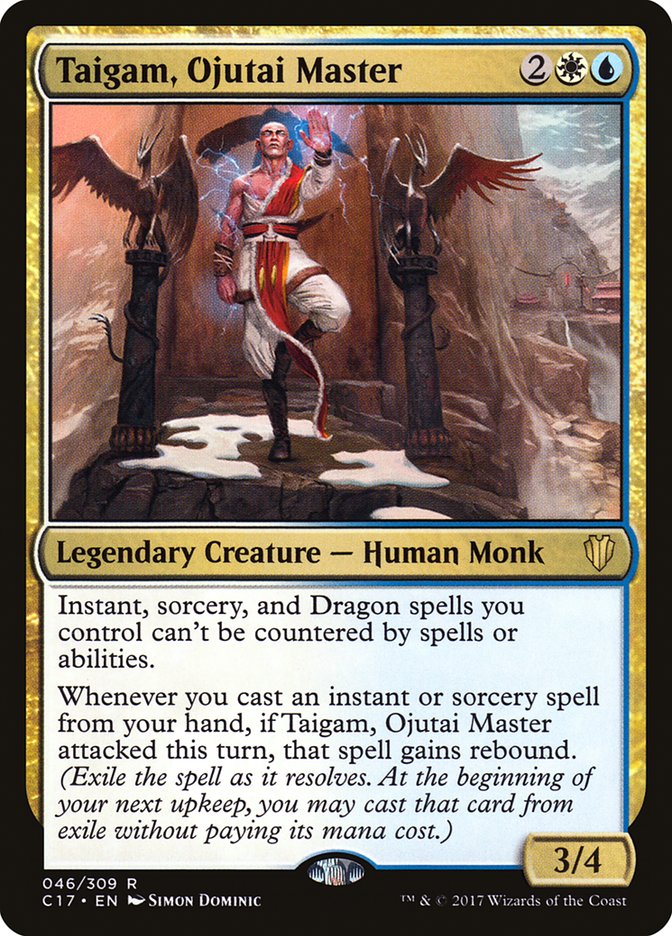
Taigam, Ojutai Master was a new card printed for the The Ur-Dragon precon. It became the first legendary creature to reference rebound.
Modern Horizons and Modern Horizons II
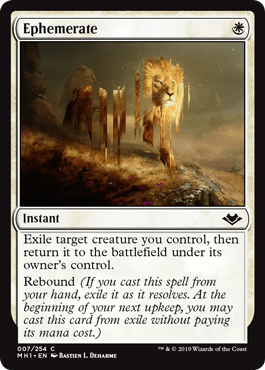
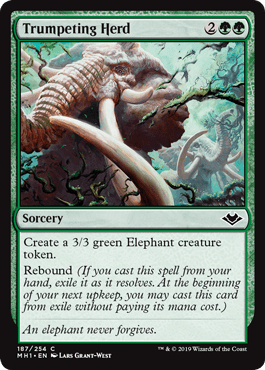
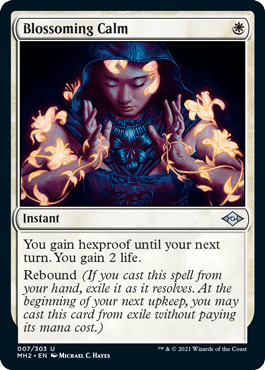
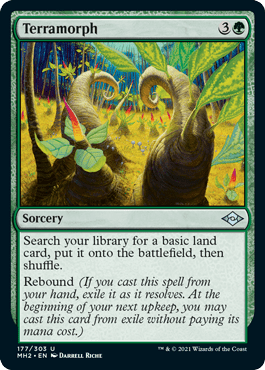
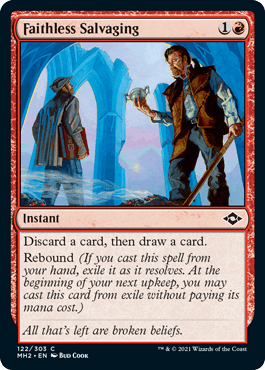
Both Modern Horizons and Modern Horizons II featured a little bit of rebound. Five new cards with the mechanic were introduced between the two: Ephemerate, Trumpeting Herd, Blossoming Calm, Terramorph, and Faithless Salvaging.
Modern Horizons II was notable for using rebound as an enabler for its Gruul () Storm archetype since the two mechanics have great synergy with each other.
Forgotten Realms Commander
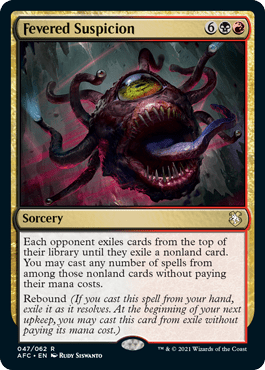
The next rebound card printed after Modern Horizons 2 was Fevered Suspicion, which was released with Forgotten Realms Commander in 2021.
Dr. Who
Leave it to the time-travel set to bring a pair of rebound cards back to the table. Into the Time Vortex and Quantum Misalignment are flavorful and fun ways to see spells a second time.
The Lost Caverns of Ixalan
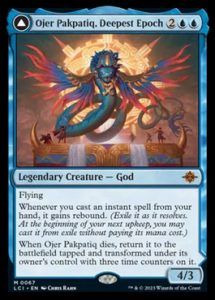
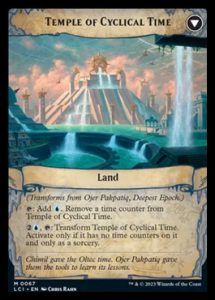
An exciting option for the command zone, Ojer Pakpatiq, Deepest Epoch gives rebound to your instant kill spells, pump spells, you-name-the-instant. Plus, if Ojer Pakpatiq is destroyed, it becomes a land for three turns, then it can come back!
Rebound isn’t an evergreen mechanic but has been reused enough times that I’d expect to see it again in the future.
How Many Times Can You Rebound?
You can only use rebound once. Once you cast your rebounded spell the second time for free it goes to the graveyard.
Does Rebound Stack?
Rebound does not stack. You still only cast your rebound spell one extra time if you give it rebound multiple times.
Do Rebound Spells Go to the Graveyard?
Yes, after a spell rebounds it resolves and goes to the graveyard. Unless there’s some kind of effect forcing it otherwise, like Rest in Peace.
Can You Rebound a Spell That Exiles Itself?
No, you can’t rebound a spell that exiles itself. Rebound doesn’t get a chance to apply if a spell moves itself into another zone as part of its resolution (e.g., Arc Blade, All Suns' Dawn, Beacon of Unrest).
Can You Copy Rebound?
You can copy a spell with rebound like any other spell (more on that below), but extra instances will have no effect.
Does Rebound Count as Casting?
Yes, rebound counts as casting. The rules texts for the mechanic states, “you may cast that spell from exile without paying its mana cost.”
Does Rebound Count as an Alternate Cost?
Yes, rebound counts as an alternate cost. When you cast a spell with rebound from exile for free, that counts as casting the spell for an alternative cost.
What Happens If a Rebound Spell Is Countered?
If a spell with rebound is countered, the spell ends up countered as normal and you don’t exile the spell for rebound. Rebound works this way because the rules for it say that rebound occurs “as this spell resolves,” and a countered spell doesn’t resolve.
What If You Cast a Rebound Spell From Outside Of Your Hand?
The basic effect of the spell still works if you cast a rebound spell from outside your hand, but the rebound ability doesn’t trigger because the rules specify “if the spell was cast from your hand.”
How Does Rebound Work With Copies Of Spells?
Rebound has no effect on copies of spells because they weren’t cast from your hand.
What If You Can’t Cast The Rebounded Card From Exile?
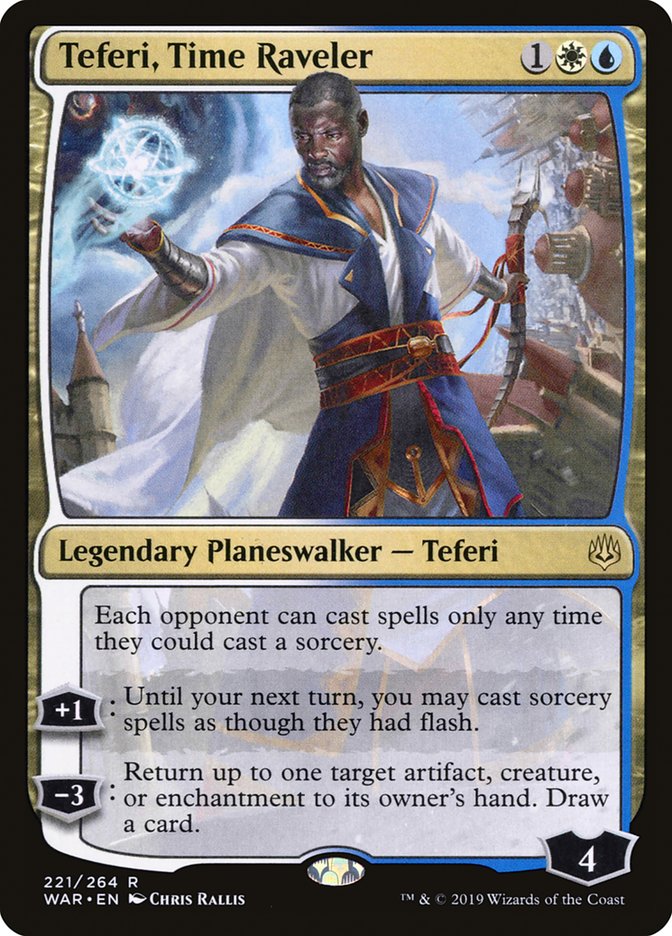
If you can’t cast a card exiled with rebound (maybe thanks to Teferi, Time Raveler), the card stays in exile. There won’t be any window to cast it from exile if you can’t cast it the first time around.
Is Rebound Optional?
Yes, rebound is optional. You aren’t forced to cast any spell with rebound because the rules specify that you “may” cast it. Uncast cards stay in exile.
What If a Rebounded Spell Moves to Another Zone While It’s Resolving?
A spell that puts itself into your hand or library isn’t eligible to rebound. The spell must resolve normally to be cast again.
How Does Rebound Work with Buyback?
If a spell you cast from your hand has both rebound and buyback (and the buyback cost was paid), you choose which effect to apply as it resolves. You can’t get both. But you can pay additional costs when the spell rebounds, so you could pay the buyback cost on a rebounding spell.
So if you ever have Cast Through Time and Capsize, my recommendation is to cast it first normally, rebound it, and then pay three on the free copy to get Capsize back. Repeat this process until your opponents are all out of lands, I guess!
How Does Rebound Work with Flashback?
You can’t rebound spells cast from your graveyard with flashback thanks to the “from hand” clause.
But there’s nothing stopping you from flashing the spell back after it rebounds.
Consider this sequence to Deep Analysis three times:
- Play Narset Transcendent, use its -2 ability.
- Cast Deep Analysis. It resolves, so you draw two cards and exile it.
- You cast the spell again for free at the beginning of your next upkeep, drawing two more cards and putting it into your graveyard.
- You can then cast it a third time whenever you want using its flashback ability, drawing even more cards for three life and .
How Does Rebound Work with Madness or Suspend?
Rebound doesn’t work with madness or suspend thanks to that important “from hand” clause. Madness spells are discarded and then cast from exile, while suspend cards are exiled and then cast from exile.
How Does Rebound Work with Casting Restrictions?
You have to pay the required additional costs to cast the spell, whether it’s free or not. If you -2’d Narset Transcendent and then cast Thrill of Possibility, you’d still need to discard again next upkeep to cast the spell a second time.
How Does Rebound Work with Commandeer?

Rebound and Commandeer is a tricky one because it isn’t your spell to begin with, so do you get to copy it? Or does your opponent? The answer is actually neither since you end up controlling their spell directly from the stack. This doesn’t count as you casting it from hand, so the rebound ability does nothing.
How Does Cast Through Time Work?
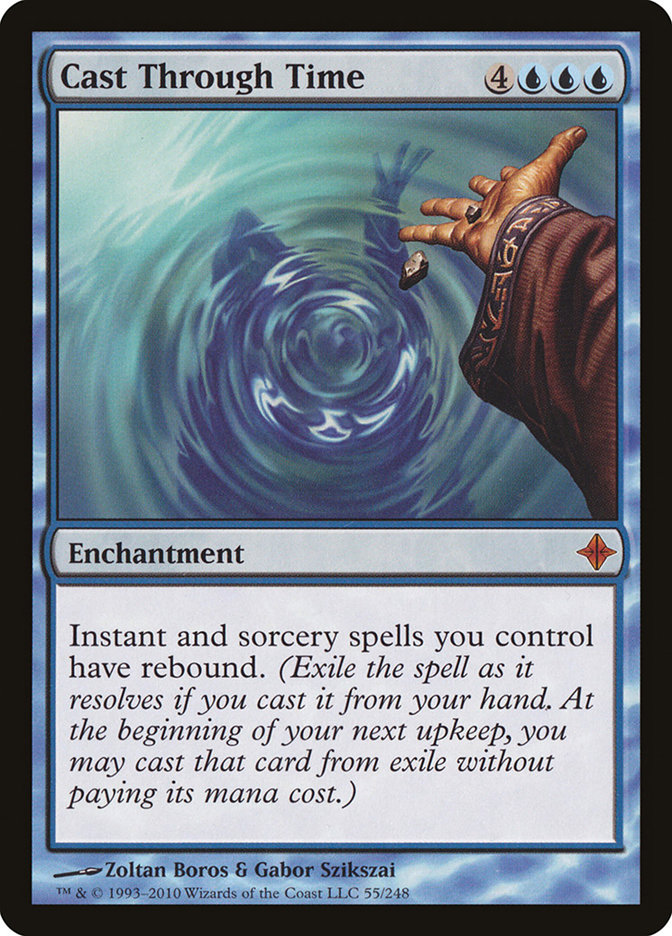
Cast Through Time is among the most powerful rebound cards that exist and gives every single instant and sorcery you play rebound. This granted effect isn’t optional (you must exile all your spells as they resolve) and can lead to some spectacular sequences in the right deck.
Can You Rebound Expropriate?

Thankfully you can’t rebound Expropriate thanks to that last “exile Expropriate” line the card has. Otherwise, this would be the easiest way to lose friends!
Does Ephemerate Exile After Rebound?
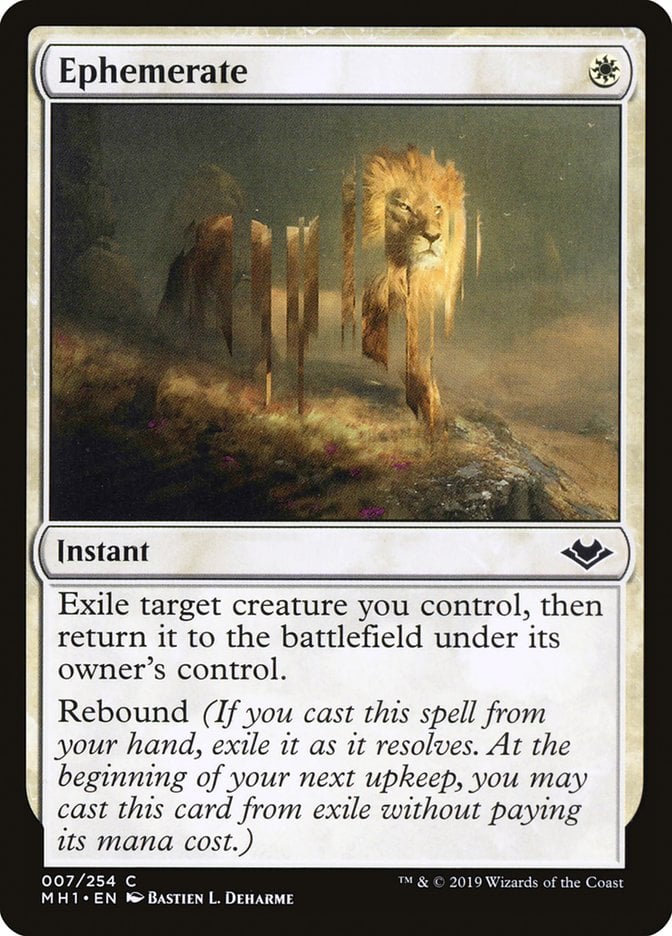
Yes, Ephemerate may be cast again to exile a second creature, then will go to your graveyard.
Gallery and List of Rebound Cards


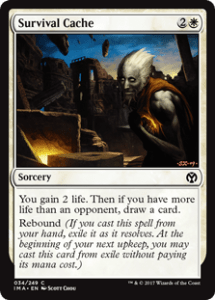
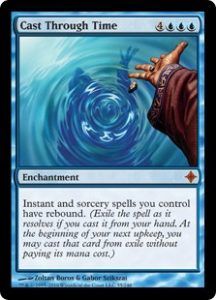
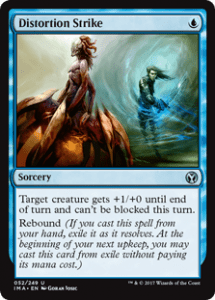
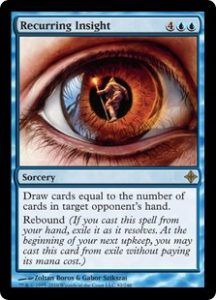
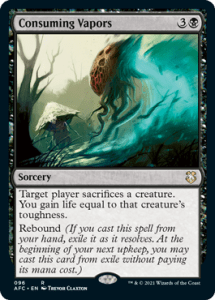
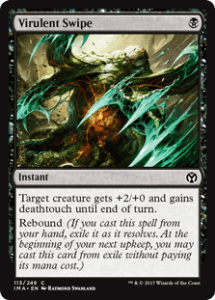
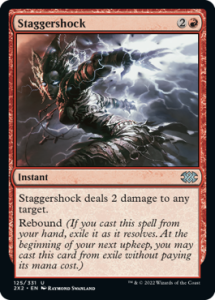
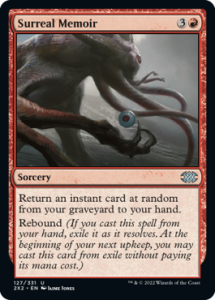

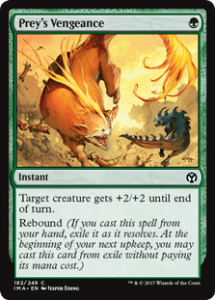
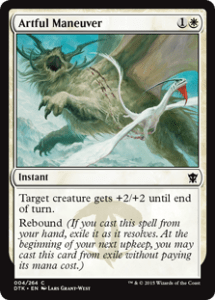
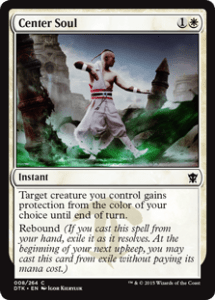
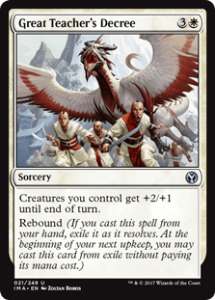
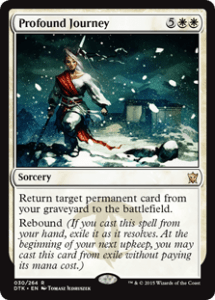

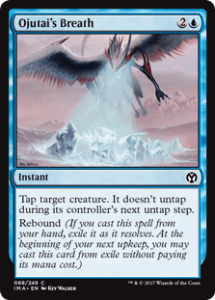

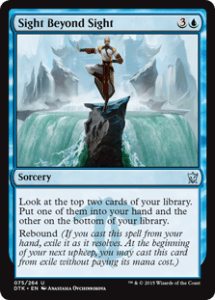
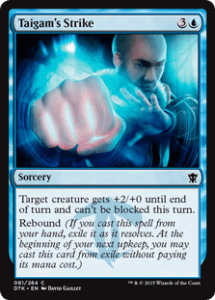
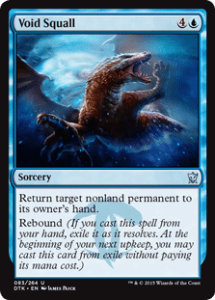
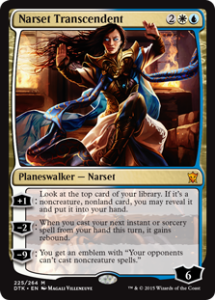
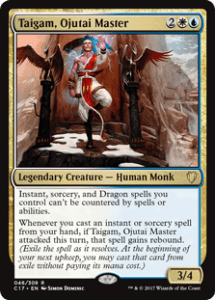
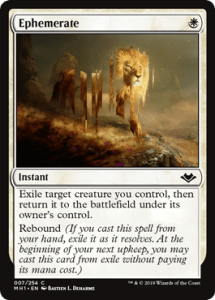

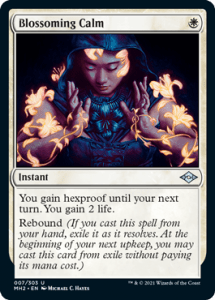

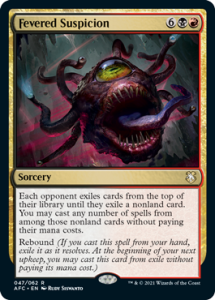

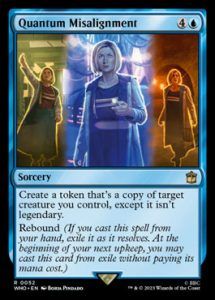


- Emerge Unscathed
- Nomads' Assembly
- Survival Cache
- Cast Through Time
- Distortion Strike
- Recurring Insight
- Consuming Vapors
- Virulent Swipe
- Staggershock
- Surreal Memoir
- World at War
- Prey's Vengeance
- Artful Maneuver
- Center Soul
- Great Teacher's Decree
- Profound Journey
- Blessed Reincarnation
- Ojutai's Breath
- Ojutai's Summons
- Sight Beyond Sight
- Taigam's Strike
- Void Squall
- Narset Transcendent
- Taigam, Ojutai Master
- Ephemerate
- Trumpeting Herd
- Blossoming Calm
- Terramorph
- Fevered Suspicion
- Into the Time Vortex
- Quantum Misalignment
- Ojer Pakpatiq, Deepest Epoch
Wrap Up

Center Soul | Illustration by Igor Kieryluk
And with that, we’ve gone from resolution to exile and back! I hope you’ve enjoyed this brief trip into the world of rebound.
It’s not the splashiest mechanic, but it’s still a great one if you enjoy getting an extra “when you cast” trigger value. Playing with rebound these days usually means playing with Ephemerate, but I also respect Fevered Suspicion and Ojer Pakpatiq for EDH.
What do you think about this mechanic? Do you hope to see it resurface in the future, or are you content for it to disappear into exile? Let me know in the comments below or over on the Draftsim Twitter.
Until next time, may you never forget about that spell you exiled last turn!
Follow Draftsim for awesome articles and set updates: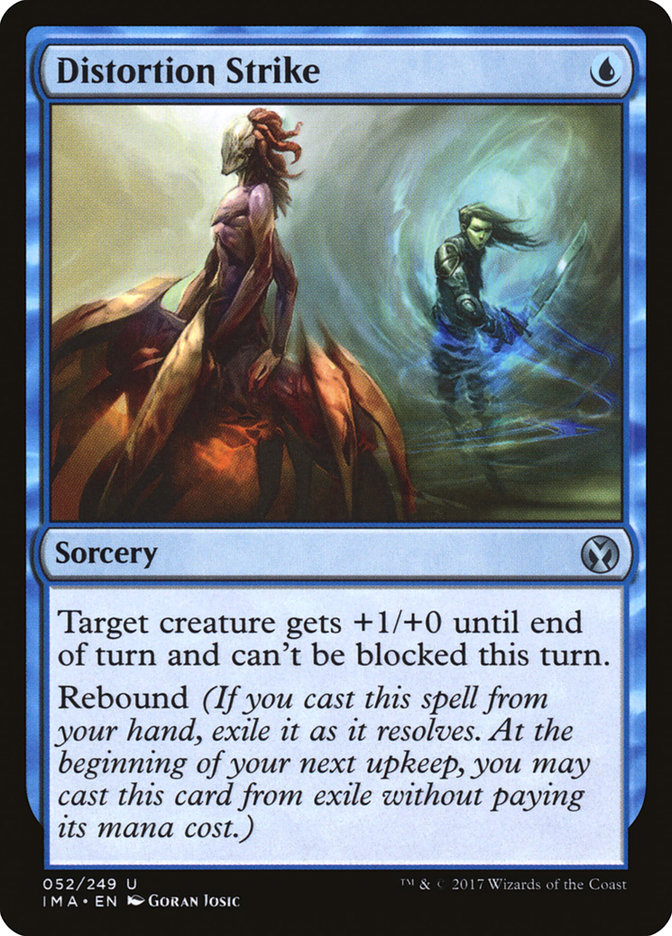
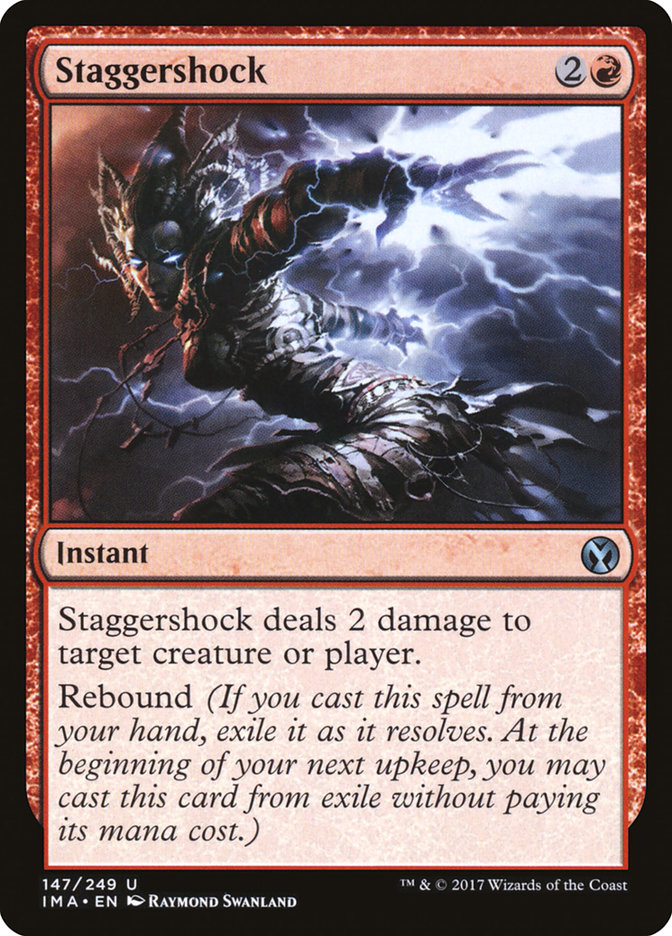
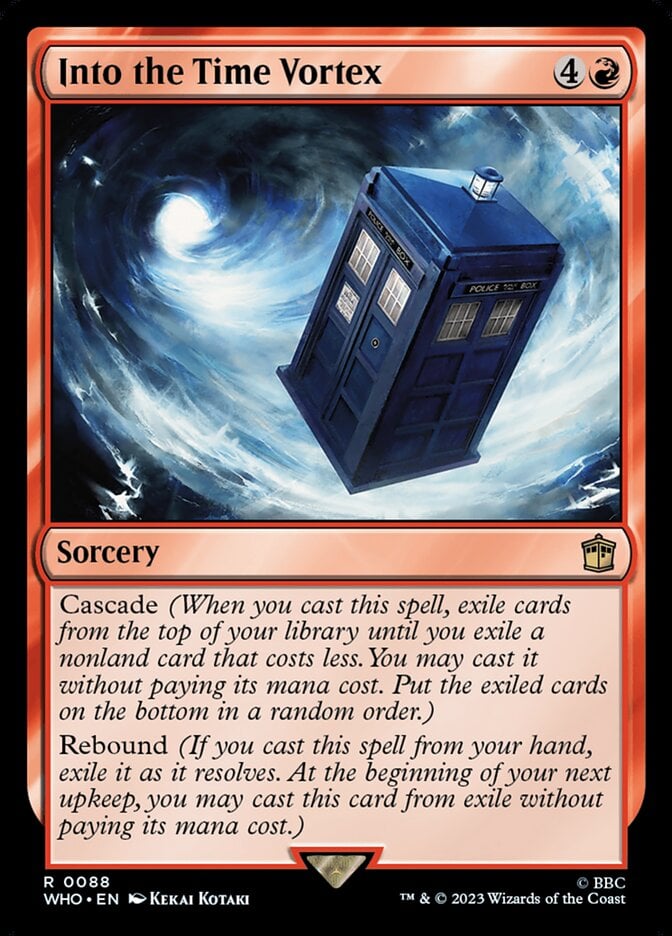
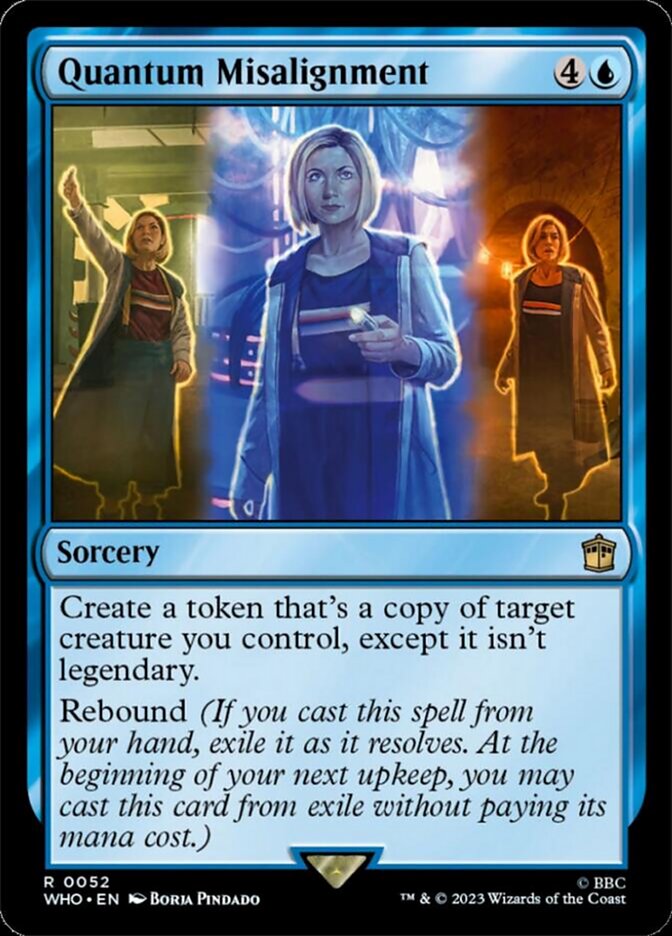
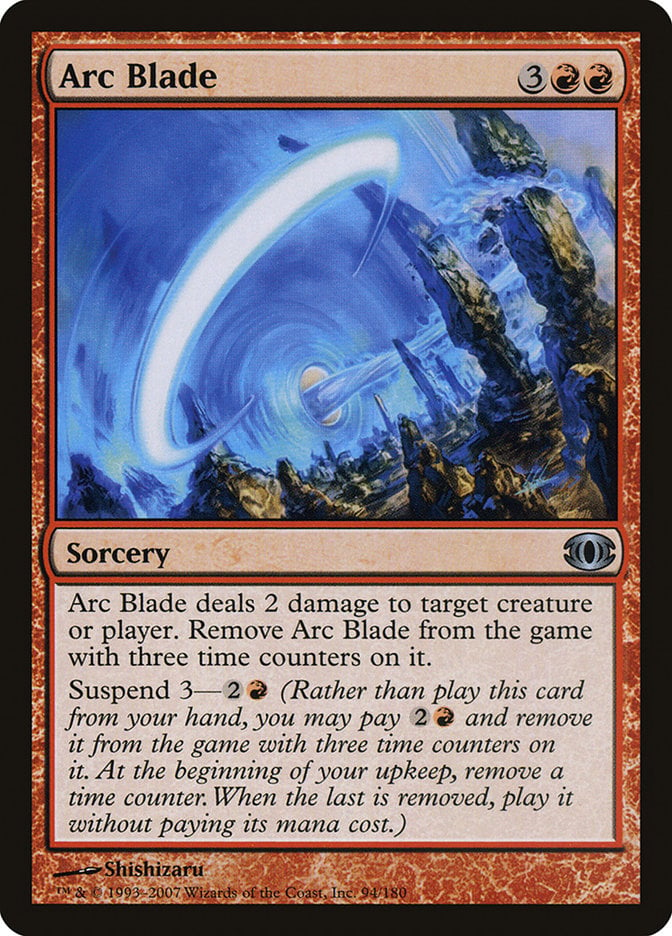
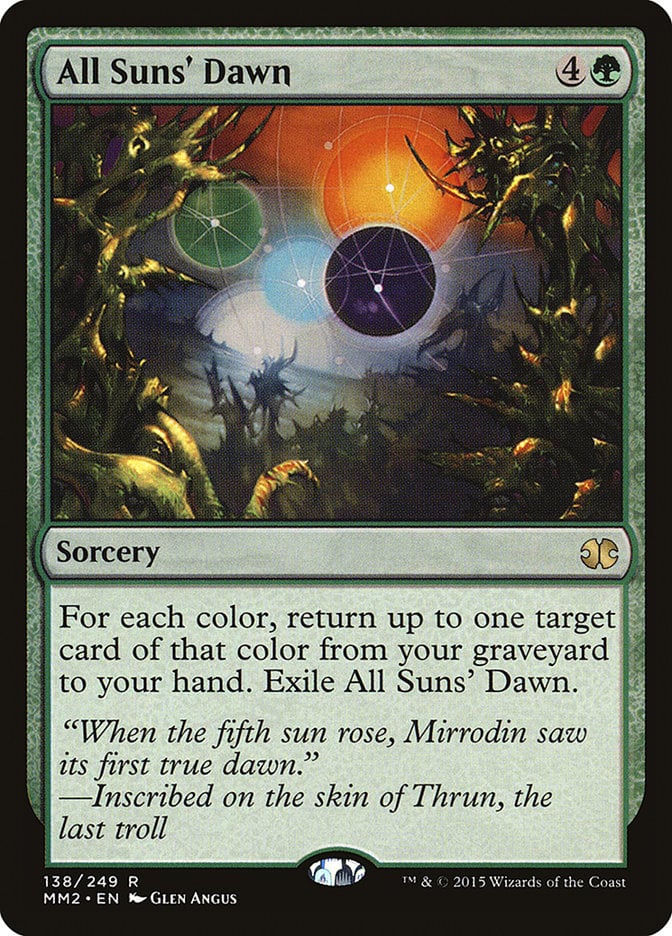
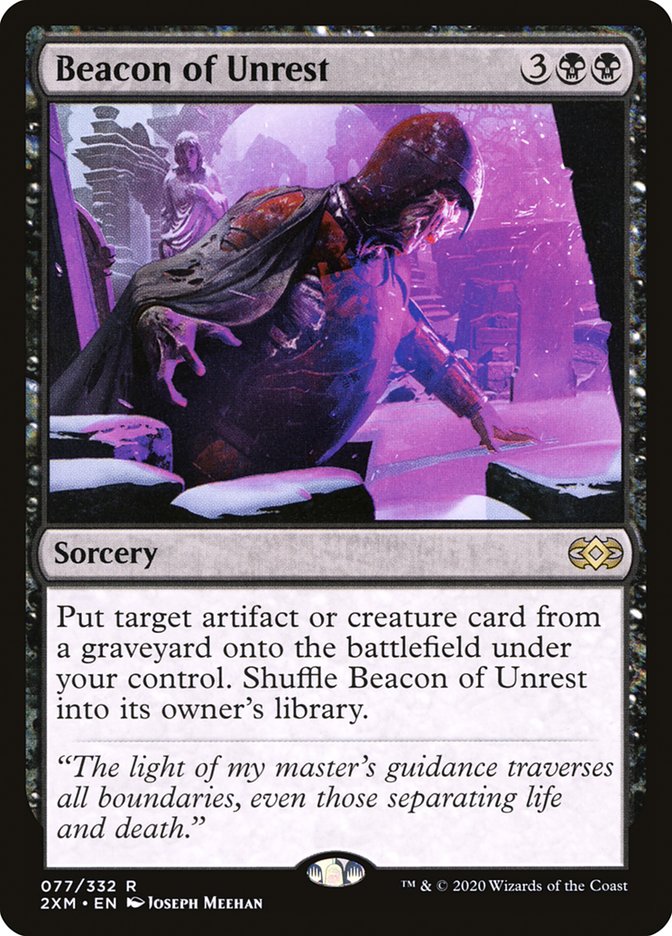
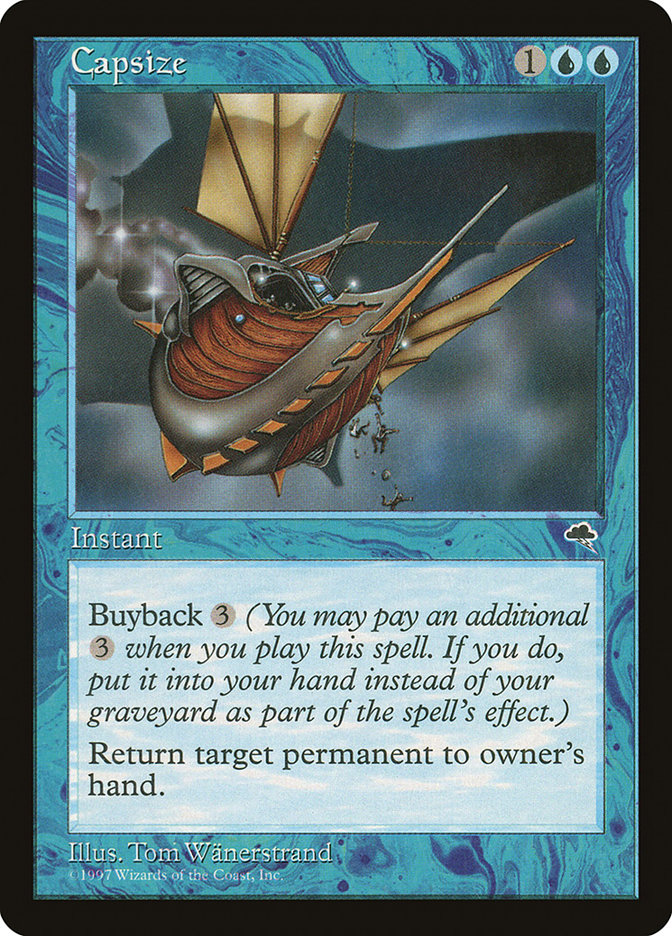


Add Comment